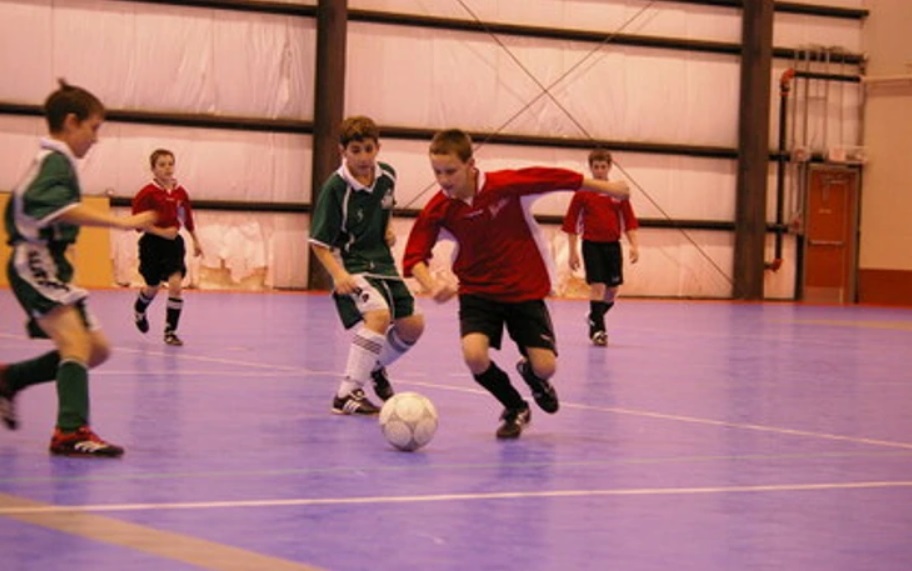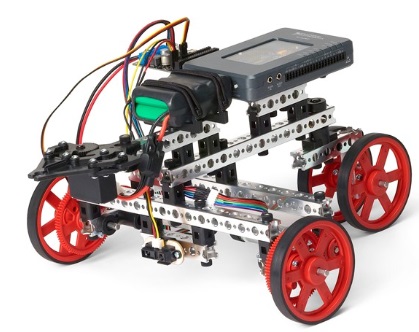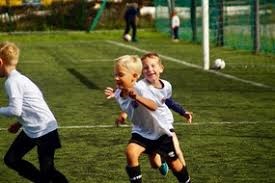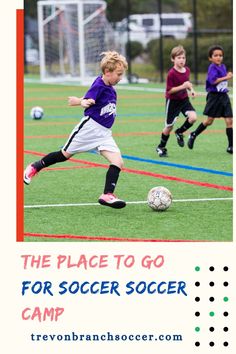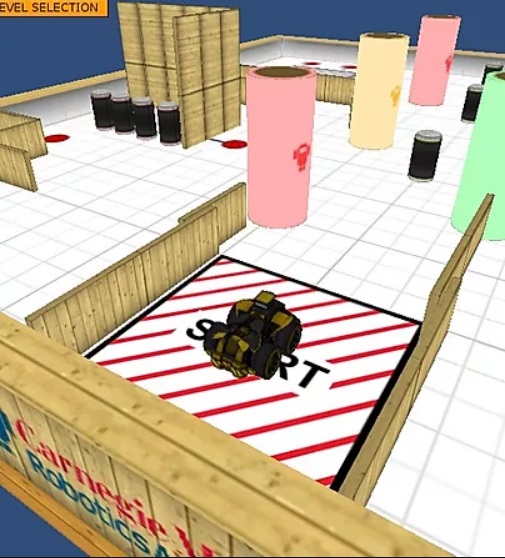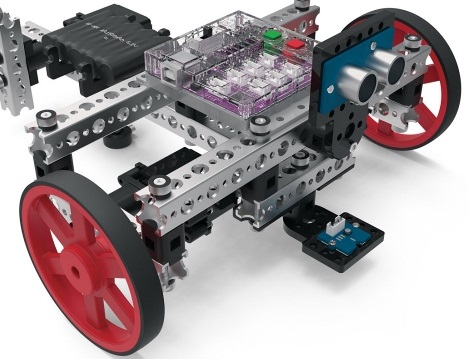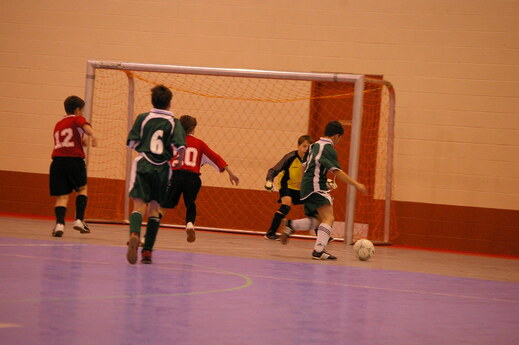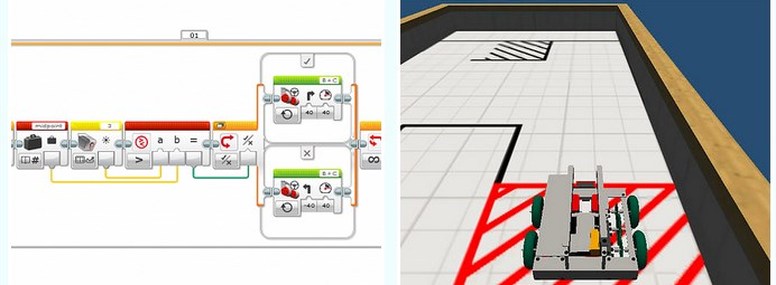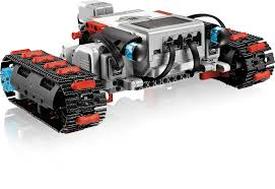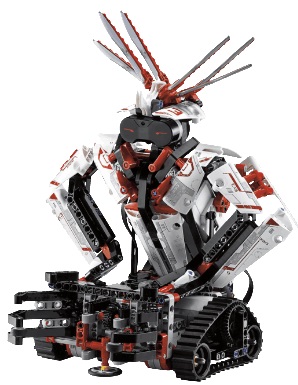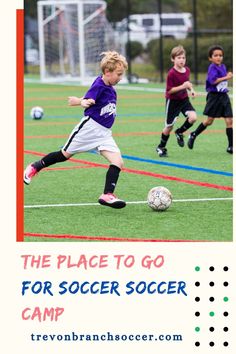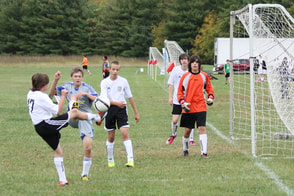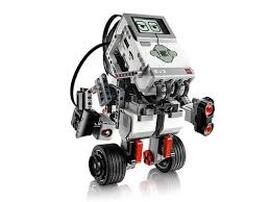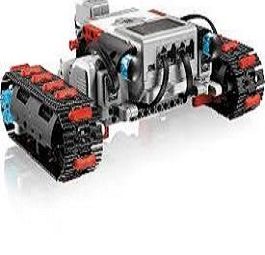Tripods are not necessary for candid portraits unless you intend to sell your images. If you become serious about taking landscapes, macro-photography, group portraits, or low light photography then a tripod becomes essential. If you do consider buying a tripod they range in price from $25 to $1, 0 – do some research. First, decide how much weight are you willing to carry. How big a tripod you need depends on the size and weight of the gear you plan to support and how and where you travel. Small SLR cameras with lenses under 0 mm don’t need a big tripod. Here are some tips on what to look for 1) Carbon fiber is better than aluminum 2) legs with rubber insulation are better if you shoot in cold weather but you can always add tape or pipe insulation to the tripod legs 3) Check if the tripod can be placed flat on the ground if you want to photograph flowers or other macro subjects. 4) Check how tight and secure the leg locks are – if you lock the leg – can you push the legs in or out? If the legs slide either get someone to tighten the legs or look at a different tripod model. 5) Determine how tall you want to be able to set the tripod, for most folks if it reaches your chest or eye level that is high enough for most circumstances. Also, you have many choices for the type of tripod head (see below) to choose from. In general ball, heads are fast to set up and preferred by wildlife photographers. For sports or bird photography some folks prefer to use a monopod so they can follow the action. I have 4 tripods of varying size, a monopod, bean bags, and several types of window mounts – but I make my living taking pictures. Almost any tripod is better than no tripod, and a tripod will also help you slow down and compose more carefully. You might start with an economical tripod and if you get more serious about your photography you can always invest in a better one later. Flash – most point-and-shoot cameras and some DSLRs come with an on-camera flash. The flash is very useful even in daylight as it can be used to fill in shadows, reduce contrast outside and put a small highlight in your subject’s eye making your pictures look more professional. Most built-in camera flashes are only bright enough to illuminate subjects about 6-12 feet (1-3 meters) from the camera (but this also depends on the ISO setting you are using). If you use flash often then you might want to invest in a more powerful flash. Most cameras today use TTLor Through The Lens metering which automatically provides correct exposure most of the time. Some cameras also permit you to alter the flash output with a +\- compensation button. Mastering flash requires practice and experience. Read the flash section of your manual if you plan to use flash and do some testing before an important event. Most cameras are set by default to use front curtain sync flash which is suitable for most situations, but in low light can leave the background appearing black. Some cameras also offer slow-sync flash which simply means the camera shutter stays open for a while even after the flash fires to allow some of the ambient room light to become part of the exposure. Slow synch often requires the use of a tripod for best results. The manual is meant to be a reference, not a novel – so browse to see what it covers then go to a particular section when you want to learn more. Also, consider that other books may be easier to read and understand. I like the Magic Lantern Guide books on various cameras and flash units. These books are available in larger cameras and book stores. Alternatively consider buying a DVD from the jumpstart series that covers your camera available (www. jumpstart guides. com). These DVDs show you the various controls on your specific camera or better yet take a workshop or class they can be fun, you can make friends and you might even bring back a few good pictures. ) Read the first part of your manual or a minimum read the quick start guide 2) Start taking pictures around your home or backyard and play with the various features To learn more consider a beginner workshop, a course, or private training. Pick up some books on photography at your local library or local store 5) Search the web, try Youtube and visit http://www. Take lots of pictures, experiment, play, and have fun with your camera Learning to use a digital camera is nowhere as difficult as learning how to use a computer or how to play a musical instrument. The basic camera controls can be learned in a few hours. . If you are shooting RAW files I recommend using AWB and then fine-tuning the white balance when opening the files in Adobe Photoshop. these are preferred when you shoot landscapes where you want a large depth of field so that elements in the foreground and the elements in the background are both sharp and in focus. 2.8, 4.0 – are wide openings and let a large amount of light in so you can use faster shutter speeds, and result in shallow depth of field. These are often preferred for making the backgrounds soft and blurry in portrait shots. Controlling the depth of field in your photos is one of the most important controls a photographer has which is why I use my camera in aperture priority mode most of the time. Wildlife and sports photographers use the widest opening (lowest F-stop) on their telephoto lenses so they can use the fastest shutter speed available. If you find this confusing – set your camera to a different focus on a person about two feet away take a series of pictures and view the results. But remember depth of field is also determined by how close or far away your subject is.






